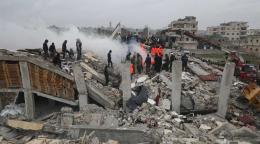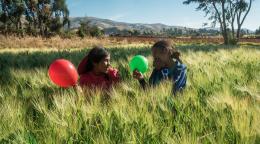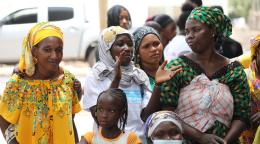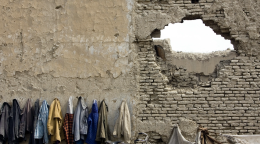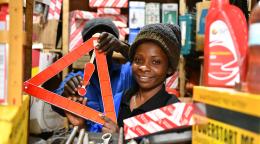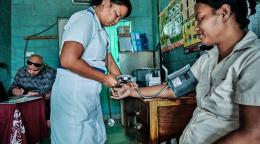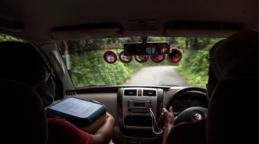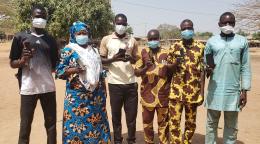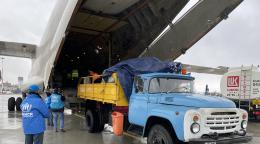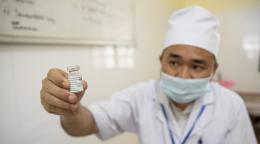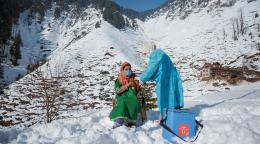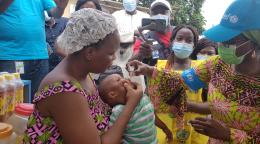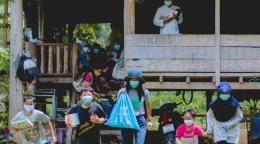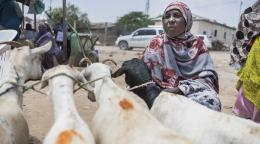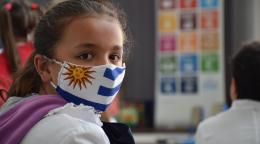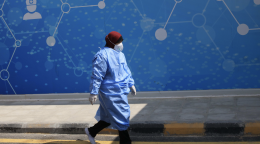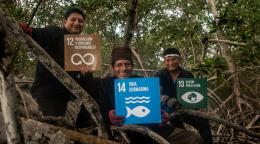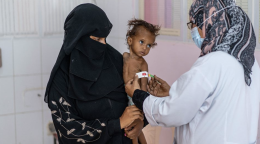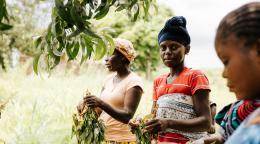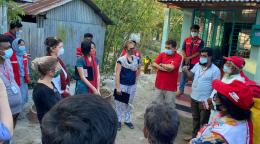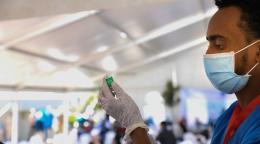A story of many transitions: the UN in Haiti as it evolves in 2016
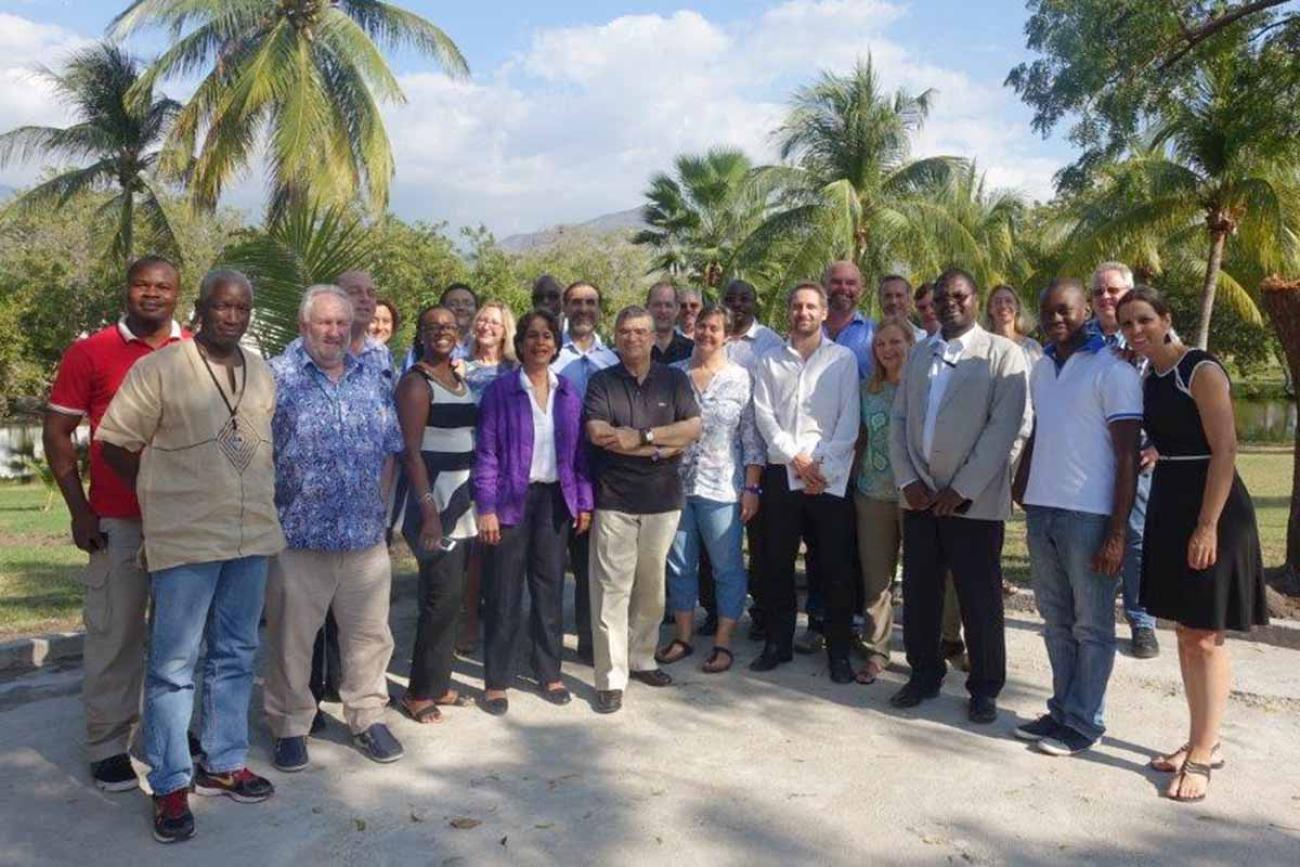
The UN has been in Haiti a long time. The most recent iteration of the United Nations Stabilization Mission in Haiti (MINUSTAH) arrived 11 years ago. And it has been ‘shall we stay or shall we go’, for some years now. Maybe 2016 is the year where, finally, the decision to wrap up a full peace keeping mission does happen. For real. And for many, Haitians and UN colleagues alike, it is about time.
There is much uncertainty in the air about elections. The complex electoral processes, the play of political parties and strong interest groups, the constitution as it is, the candidates; all contribute to an anxiety, a weariness, and a state of uncertainty.
In the midst of this, the various parts of the UN have to come together, to try and think, plan and act as one. This is not a moment for individual entity or personal aggrandizement nor self-interest.
It is time to step-up to the plate as a UN first, and take a hard look at our future roles and contribution to this country. To do this, we must first all see Haiti for what it can be in 10-15 years – a stable middle income country on a sustainable development path, leading to lasting peace and progress.
Setting priorities with the people of Haiti
Many of the UN Country Team and MINUSTAH mission colleagues get this, and have started more intensively working together to ensure a smooth transition, one that works for Haiti going forward.
Some key areas for focus that came out of the initial visioning and planning exercises, include:
- Ensuring all Haitians have formal identity, with a national census and a civil registry; and following the missing data so no one is left behind;
- ‘Going (staying) local’ to build-back institutional and service delivery capacity, so local government can administer essential services and partner with local private sector to deliver;
- Addressing the rights and vulnerability gaps, which in most areas remain stark across gender lines, with women and girls as victims of violence, the least able to access land and credit, and with least choices available on education and jobs;
- If the Haitian people are open to it, some form of indepth dialogue to help bring about and keep a culture of peace. This would also include elements of rule of law, respect for human rights and education that integrates a socialization around a common culture and identity; and
- The need to keep open an emergency response/humanitarian window to address the spikes in cholera and malnutrition that still exists.
This is a whole-of-UN system agenda to support. No entity can do any part of it alone. Nor can the mission, even if it is replaced by another UN Secretariat effort. It will take us all.
A new global agenda, a new sustainable development framework
This is the clear intention behind the team work underway: to develop a UN Sustainable Development Framework (UNSDF), an UNDAF-plus, that will support countries in their Agenda 2030 pathway.
Haiti, we hope, will have a national census this year; the government and the UN also have access to multiple assessments and analytics it can draw from; the upcoming elections and establishment of a new government and parliament will provide the new set of national interlocutors to consult and plan with; and most importantly, it is a moment to take all of this to the Haitian people to understand better what they think and want from the UN in their country.
This relationship must be refreshed with more public engagement, open dialogues and data transparency, access and reach that is community; and the UN being seen and heard together, with clear common voice on their vision for a young, growing, peaceful Haiti.
Supporting together a transition process
The transition is underway. We have learnt from others, including Timor-Leste and Sierra Leone. The common vision based on quality data and analytics are key. And a new UNSDF will be born, with not more than 5-6 strategic outcomes as defined and agreed with the key stakeholders. This must be followed by clear joint work streams leading to groups that will deliver together on joint work plans.
A Business Operations Strategy (BOS) in a post mission setting is key, as the mission withdraws and with it the administrative services, such as fuel, which it provides to all. Ensuring UNSDF development, together with a BOS and mission transition plan, and having it all led by a common team and leadership, is therefore, the way to go.
This is one island-two countries. Borders, biodiversity, epidemics, climate impact, trade are shared. People move across the borders every day. Bi-national it is called. Down the road, maybe more can be done together between the two UN country teams.
There still remains too much that separates us – as UN missions and UN country teams serving in the same country. “Integrated missions” (which will bring together these two angles of the UN) will only really work if we truly integrate from the get-go and look at the design, substantive contributions, resource and capacity sharing, and common administration of a UN presence – One country, One UN.
We are moving in this direction, but slowly, and not everyone is on the same page within. Our still parallel structures, separate administrations, separate teams - sometimes the mirror image of each other in the exact same areas - and separate visions of a country, attest to this.
It is time to change, and Haiti is where we can show it can happen. This team is ready to demonstrate that it is possible.
